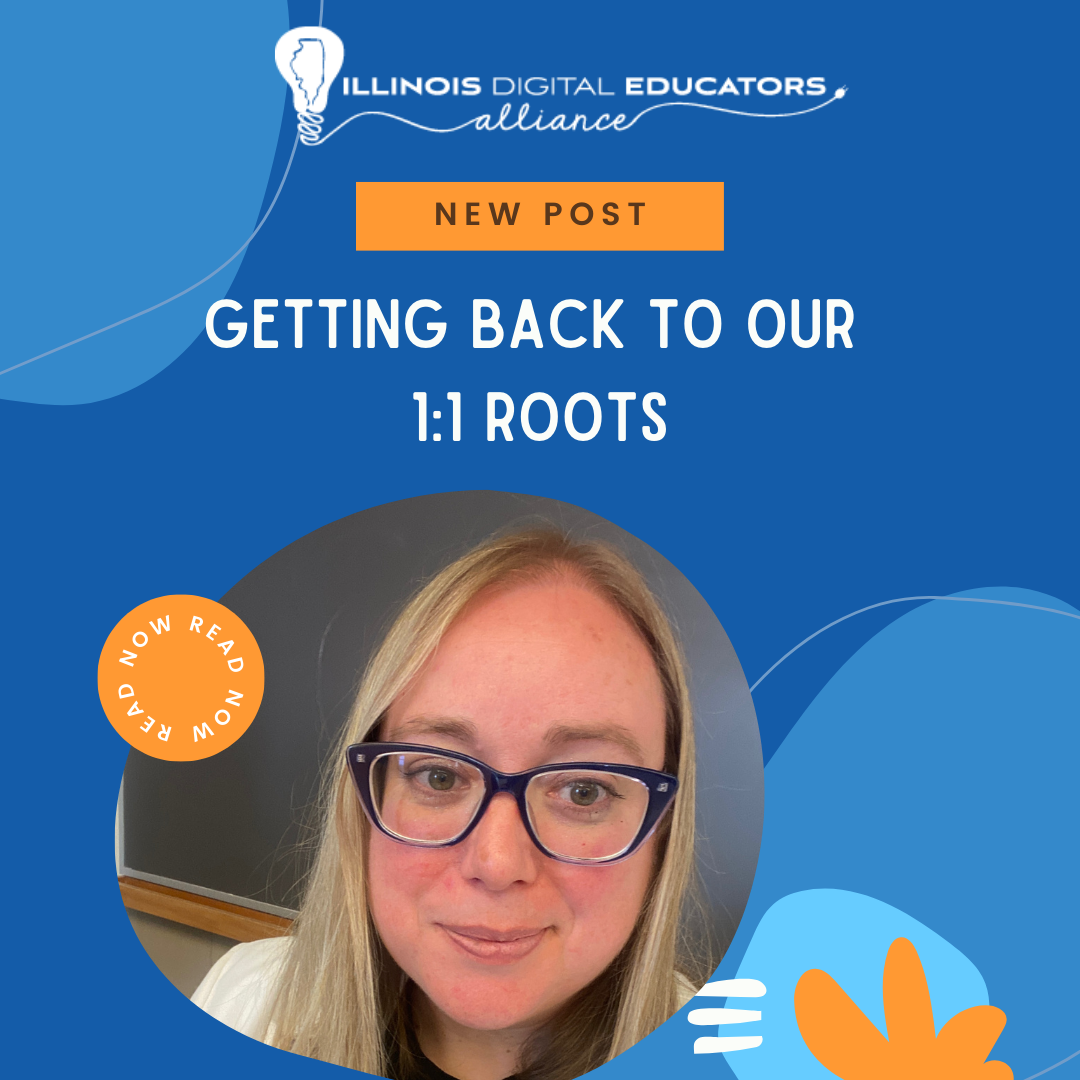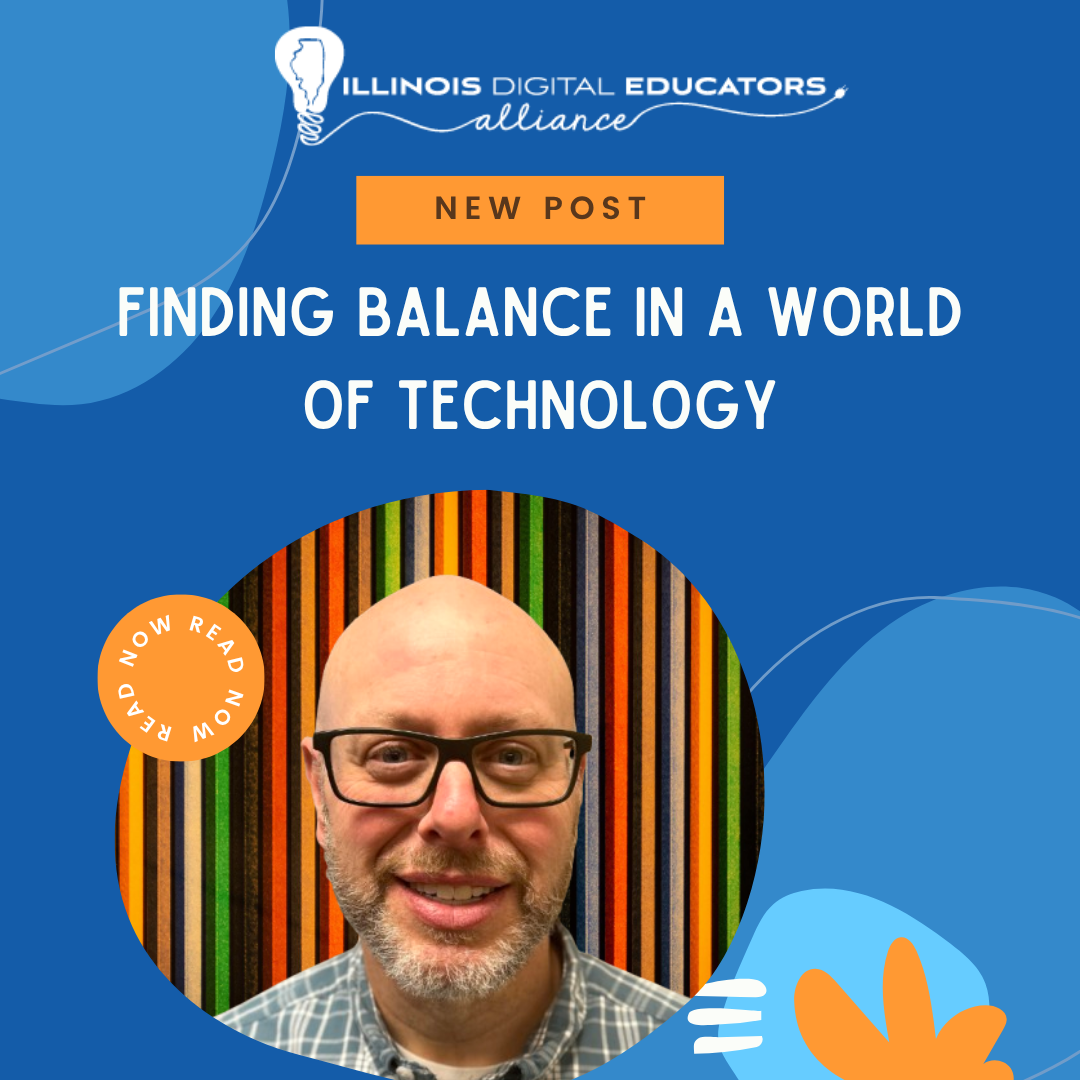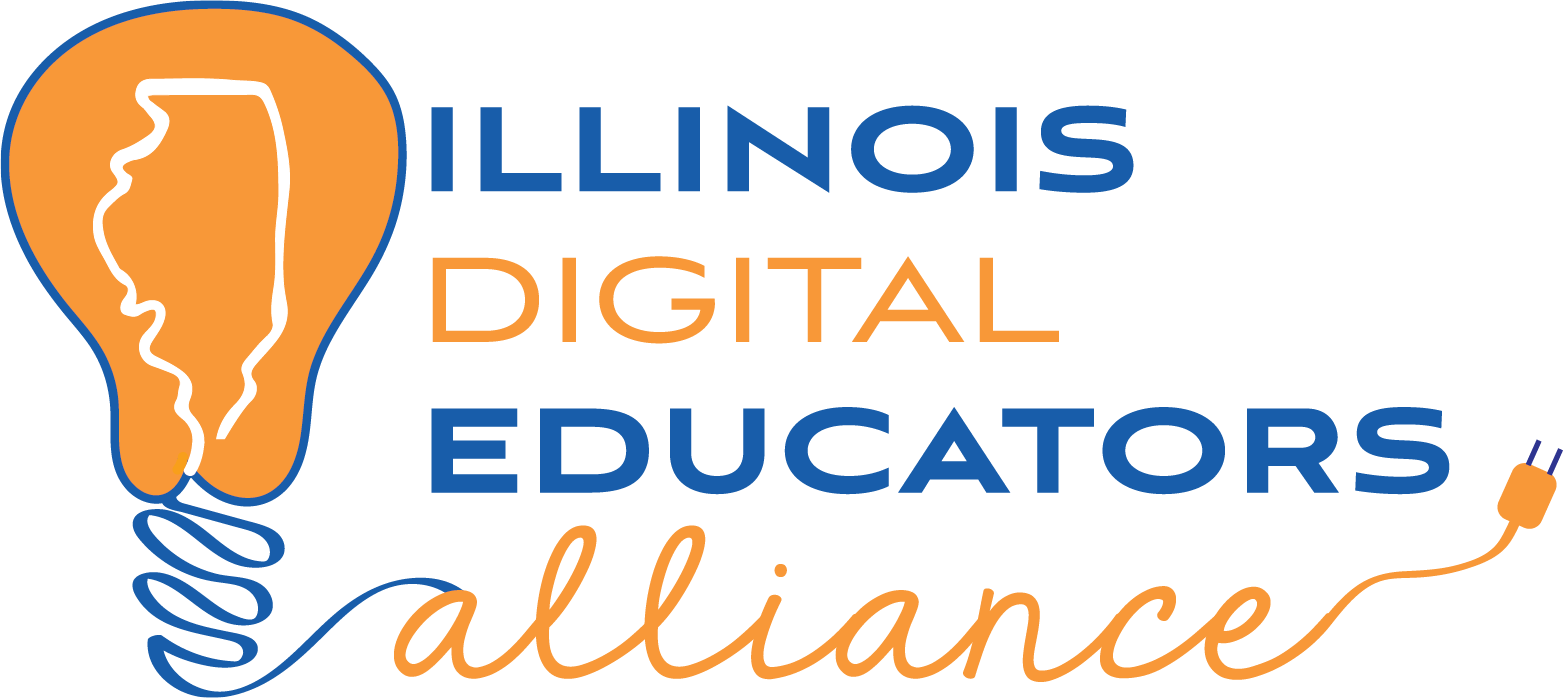Mike McGowan is currently the Technology Director for Sunnybrook School District 171 in Lansing, IL. He has taught everything from Pre-K up through high school since starting his career in education 21 years ago. For the past 14 years Mike has been a Technology Director and Administrator helping school districts integrate technology into their curriculum in meaningful and fun ways. Mike is a firm believer that technology can be used to enhance the learning experience as long as it is there to supplement the instruction not take it over. He is also an international speaker on a variety of educational technology topics. Mike’s true passion is making sure students have access to available technology to use as students in today’s classrooms will all have jobs that are connected to technology in some way.
A Tech Director’s Take on TpT
In 2006 a New York teacher had a great idea and created a website where teachers could share lessons, ideas, and resources. This was the creation of Teachers Pay Teachers. For a while this site was a safe place for educators to share files for use in their classroom and for teachers to get a little compensation for the hard work they put into their lessons by selling them on the site. As an educator you could visit the site and purchase slide decks for a lesson you had coming up, get fun education related fonts or premade printables for your classroom, and other items that would save you time or make your room more inviting. But over the years the site has morphed into something else and has now created headaches for many school districts. Are there still educators out there using the site for its original intention? Absolutely. Are there still valuable resources on the site that educators would be happy to purchase from other educators? Again, absolutely. But this is all getting harder and harder to find. Moving forward, districts and educators need to use this site with caution and fidelity and not just a quick spot to get a lesson that you might have forgotten to prepare or to look for busy work for students.
There are three main areas of concern that educators need to be mindful of when utilizing Teachers Pay Teachers. First, is it necessary and does it meet the curriculum needs of the district? Further, is it correct and error free? Second, is the content being purchased legal, or are we infringing on copyrighted material? And last, are the files that are being downloaded free of malicious viruses and malware that has been increasing as of late.
When you as an educator are visiting Teachers Pay Teachers for content, you have to ask why are you looking for content on the site. Is it that you are really looking for new content to challenge your students or enhance your lessons, or is it so you do not need to create the content for your lesson? If it is the latter, this is not the site that you should be using. To meet the needs of all your students, you need to create content that is relevant to what you are specifically teaching and that you can easily differentiate for the needs of all your students. When you download someone else's lessons, you might not teach the content the same way or cover the same material. Also making modifications for your students on someone else's lessons can be difficult at times. You need to be able to differentiate that material for students with special needs, your English Language Learners, or even just to vary the content by the skill level of your students. If the answer to why you are on the site is that you need more challenging or varying content, then you really need to have a talk with your curriculum leaders in your district. Districts spend hundreds of thousands of dollars on curriculum adoptions. When they do this, all material and resources should be purchased with that curriculum for any needs that might arise in your classroom. Sometimes those resources might not have been distributed, or maybe you were never trained on where those resources are. There is a chance your curriculum leaders are unaware of the availability of said resources and they need to reach out to the publisher. But with a successful curriculum adoption, you as the teachers should not have to go out in search of more resources.
When it comes to purchasing resources from Teachers Pay Teachers, it is also critical that you are checking the content for errors before purchasing. I personally have seen more than my fair share of resources with wrong answers, errors, or even the inability for students to complete their assignments due to inaccuracies in the material. Last year on more than one occasion, my daughter came home with content her teacher downloaded from Teachers Pay Teachers that had incorrect information which prevented her from completing her assignments. One particular assignment comes to mind. She was doing a crossword puzzle that was assigned to her that revolved around the Lenten season. The clue was “A typical lenten meal.” The answer should have been “fish.” The crossword puzzle had four boxes but based on the other answers fish would not work. After looking up the worksheet and finding the answer key, the answer they were looking for was “meat.” That is obviously [for those who know about Lent] not the right answer. As educators we don’t want them to have to search for answer keys on the Internet to complete assignments. This was just one of a handful of examples I personally came across just last year. But this has been an issue for years.
The next issue that educators need to ask themselves when utilizing Teachers Pay Teachers is, whether the content is legally posted to the site, and should we be supporting educators that openly violate copyright? Even doing a quick search of Teachers Pay Teachers, you can see whole curriculums that have been scanned or downloaded and then posted to the site for teachers to purchase and for educators to profit from. Again, districts spend a lot of money to purchase curriculums for districts, and for educators to then abuse that by profiting off of the district’s purchases by uploading the content for sale is just not [ethically] right and is illegal. Anyone saying that this falls under Education Fair Use would be wrong. As educators we should be practicing what we teach, and every educator should be teaching Internet safety each year, and copyright is part of that curriculum. As educators we should not be encouraging or rewarding others who are openly violating the law. The Teachers Pay Teachers guidelines for posting express that all content should be the original work of the author/poster and should not infringe on copyright. But who is monitoring this, and what is stopping people from uploading the content anyways? I am sure if a file is reported it is taken down, but how much of this is being reported when individuals buy the content? Overall, this issue is of the nature of the individuals who are posting and purchasing. So if you are one that is going to purchase content, make sure it is original work and not in copyright violation.
Lastly, and of the biggest concern to districts right now, are that files are being uploaded intentionally or unintentionally that contain malicious code such as viruses or malware. Educational institutions are now one of the largest targets for cyber attacks for a variety of reasons that I won’t get into here. But as one of those larger targets, it is easy for a cyber terrorist to utilize a site like Teachers Pay Teachers to plant files that will gain them access into a District's network. Now again, Teachers Pay Teachers states they scan files on upload and regularly scan files for malicious content, but we all know no system is accurate all the time, especially considering the people writing these malicious codes are ahead of the scanning software. We also know it is not 100% as districts are regularly reporting attacks or detections from files originating from Teachers Pay Teachers. As educators we need to take cyber security seriously as it impacts districts in a lot of ways and can be detrimental to student and employee data, uptime of the network that impacts the utilization of resources, and is a major financial constraint to districts.
So overall is Teachers Pay Teachers a bad site for educators? The short answer is not necessarily. But we have to ask, is it necessary as a crutch of every educator? No, it shouldn’t be. It should be a resource, and when utilized correctly, it can be just that, a resource. But too many teachers are devastated when a district blocks the site for a variety of reasons. If an educator is that devastated that it impacts their classroom instruction, they need to go back and review these bullet points and ask themselves, is it worth the risk to my district's network if a file has malicious code in it? Is it copyright free material that I am utilizing? Have I worked with my curriculum leadership to make sure I have exhausted all resources available to me as an educator? If you can answer yes to those three questions then go ahead and utilize Teachers Pay Teachers as an additional resource. But if you answer no to any of those three questions then I would work that question until it becomes a yes before “needing” Teachers Pay Teachers.





